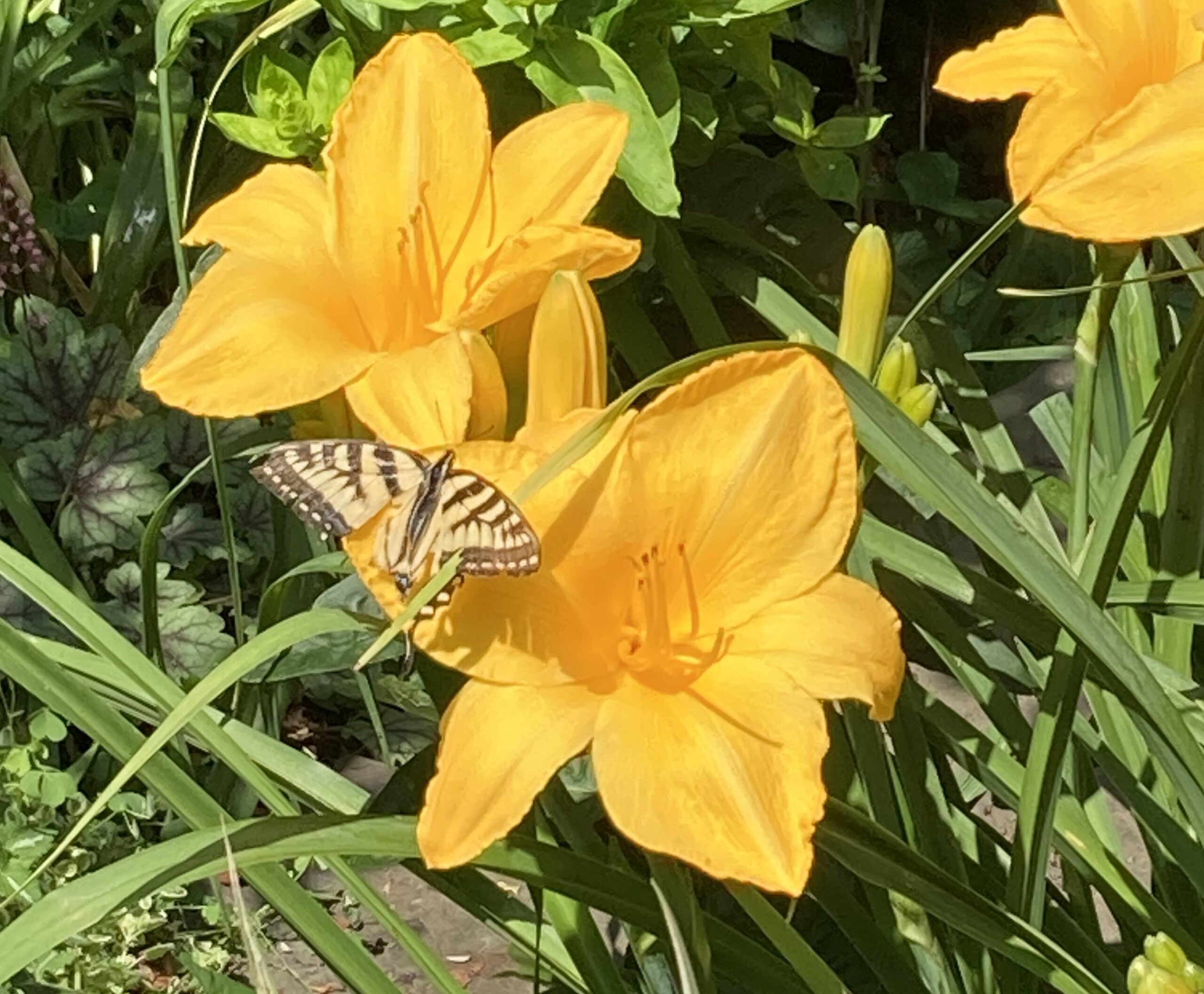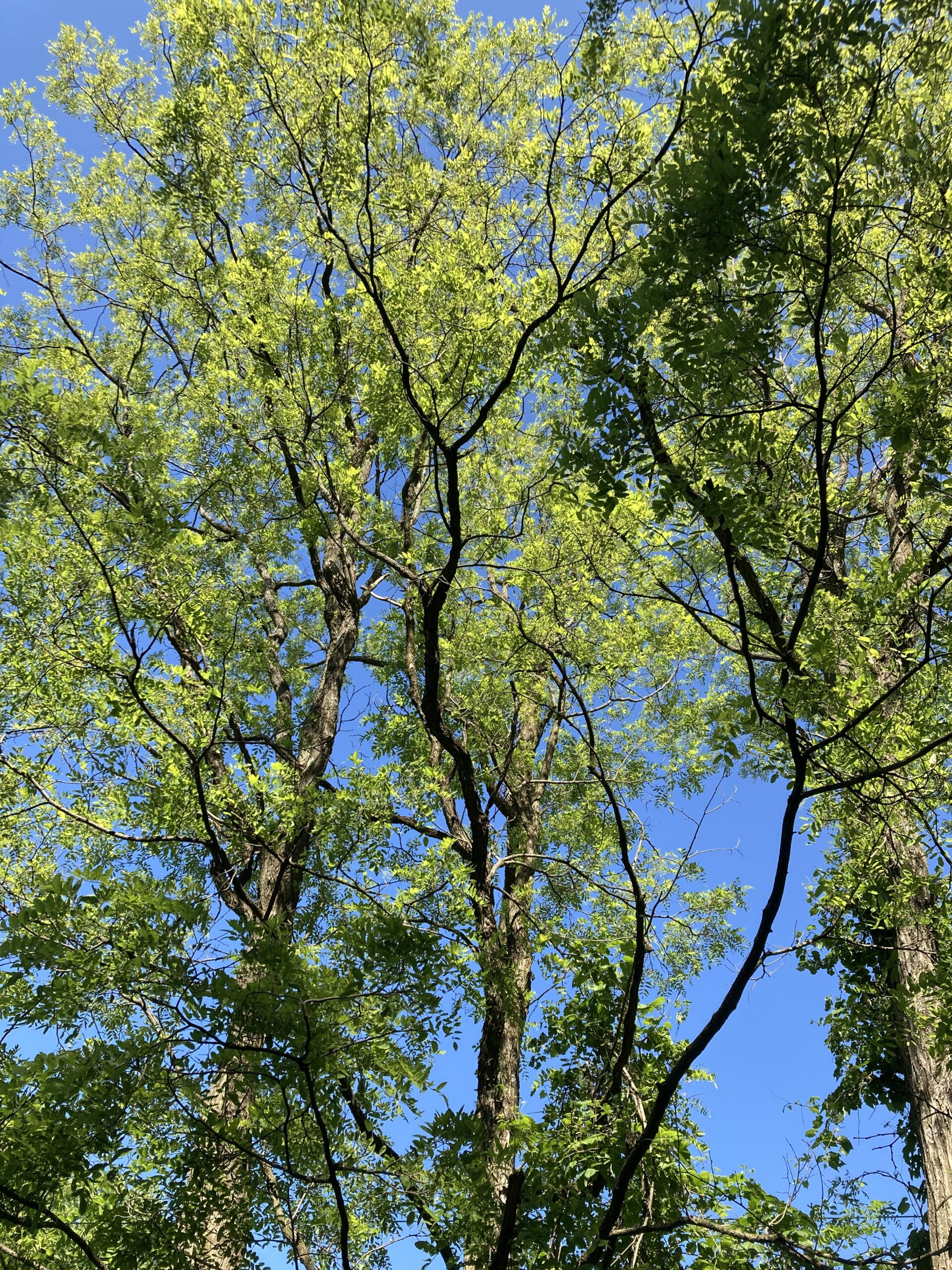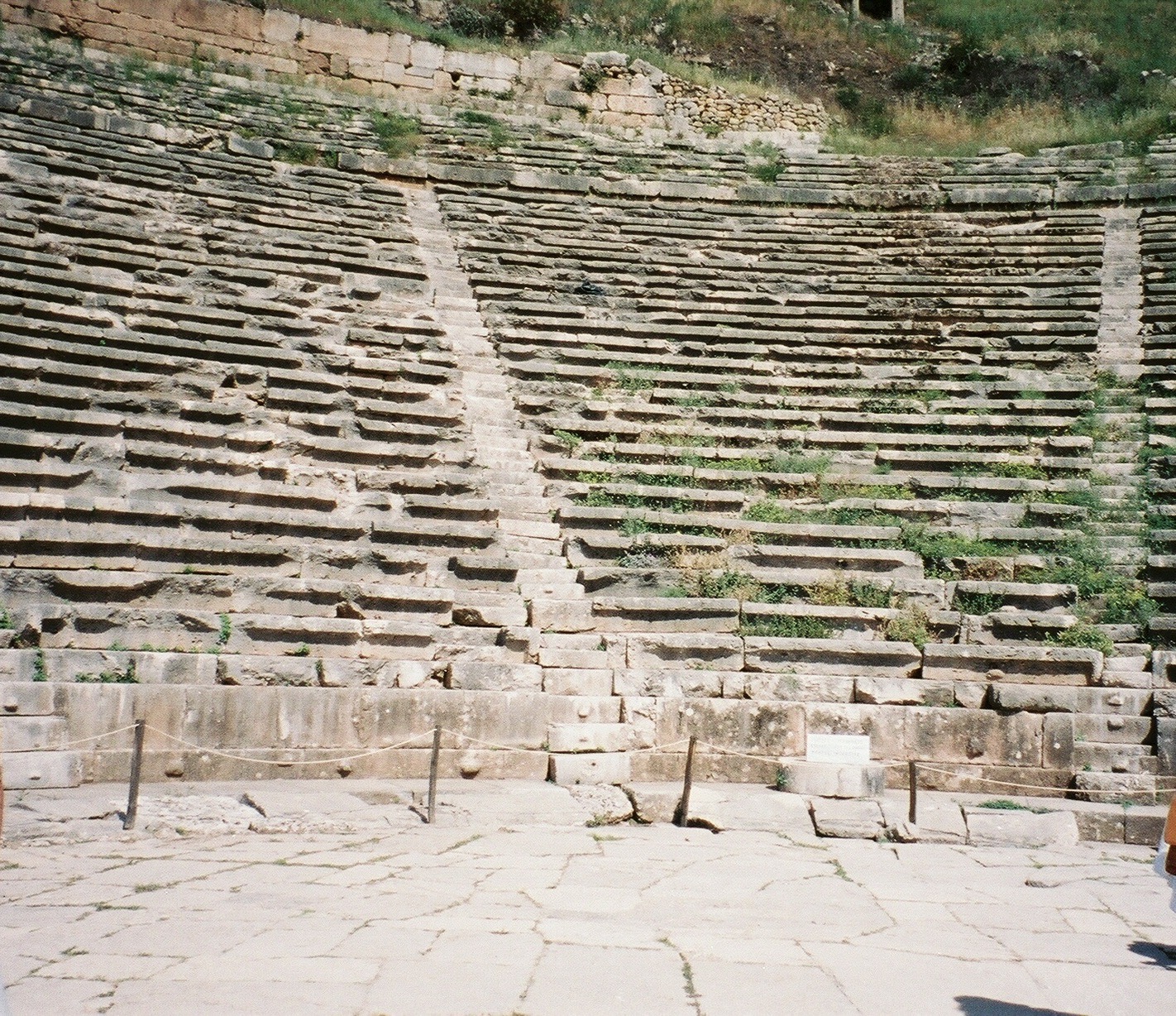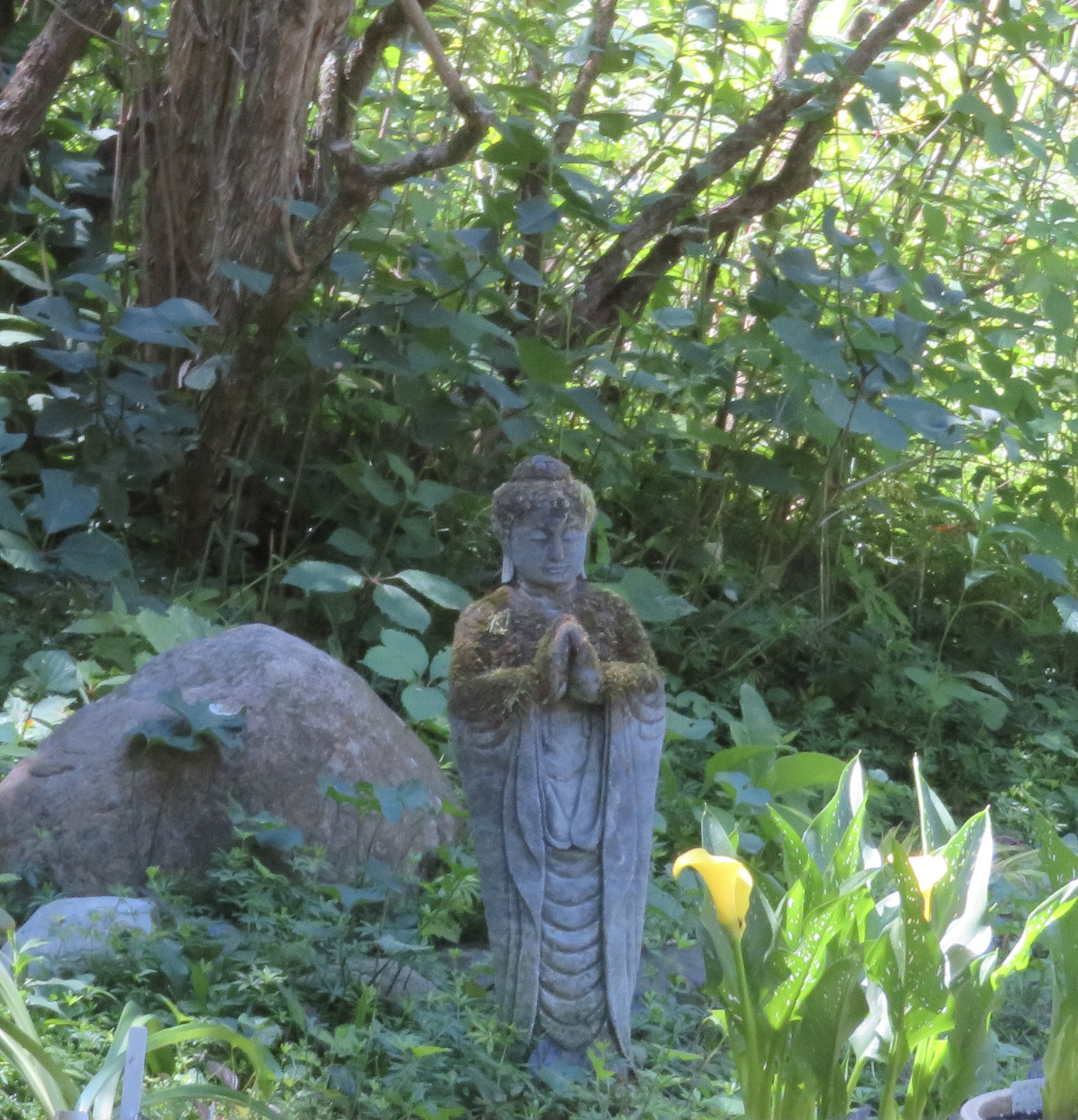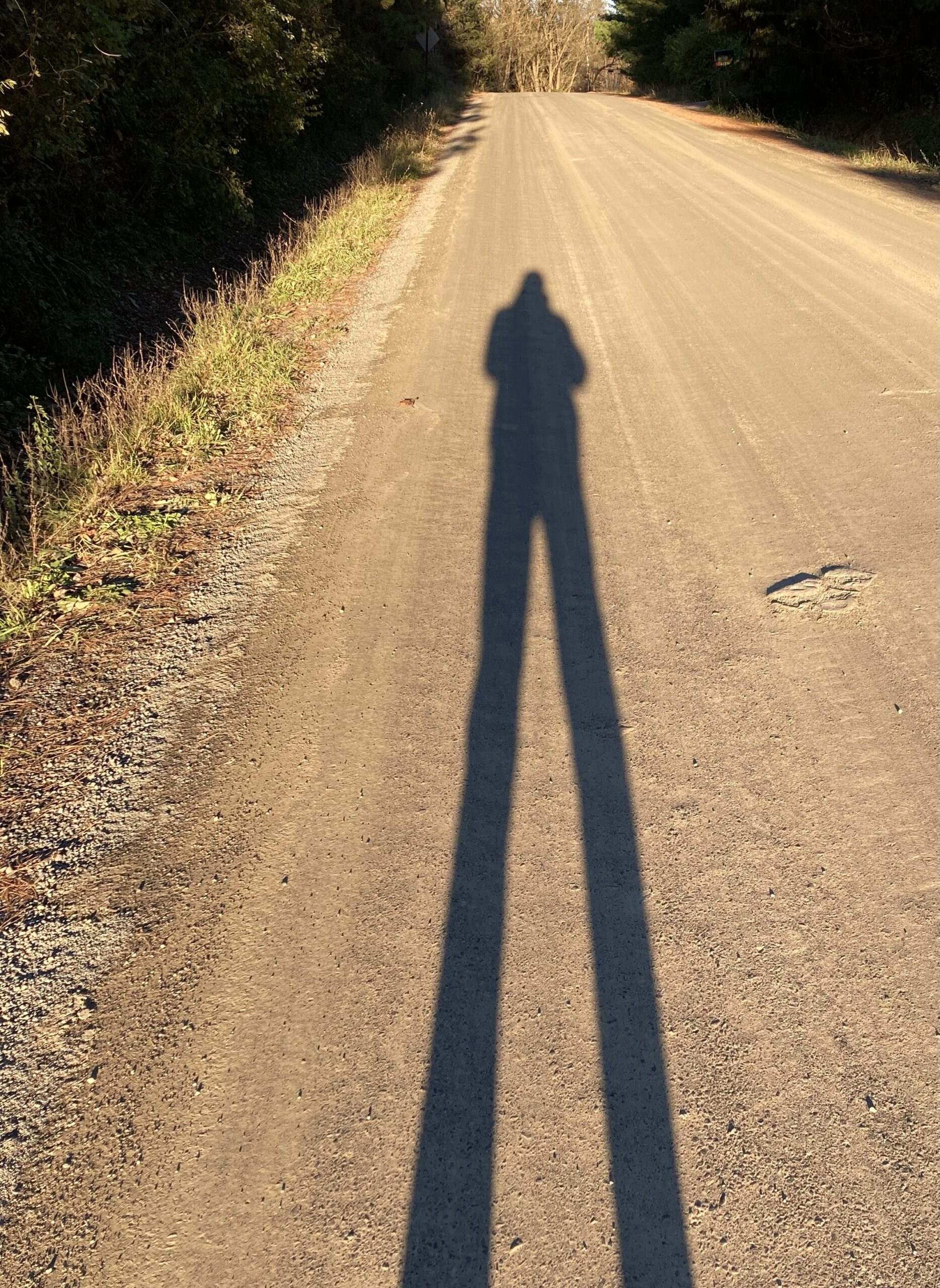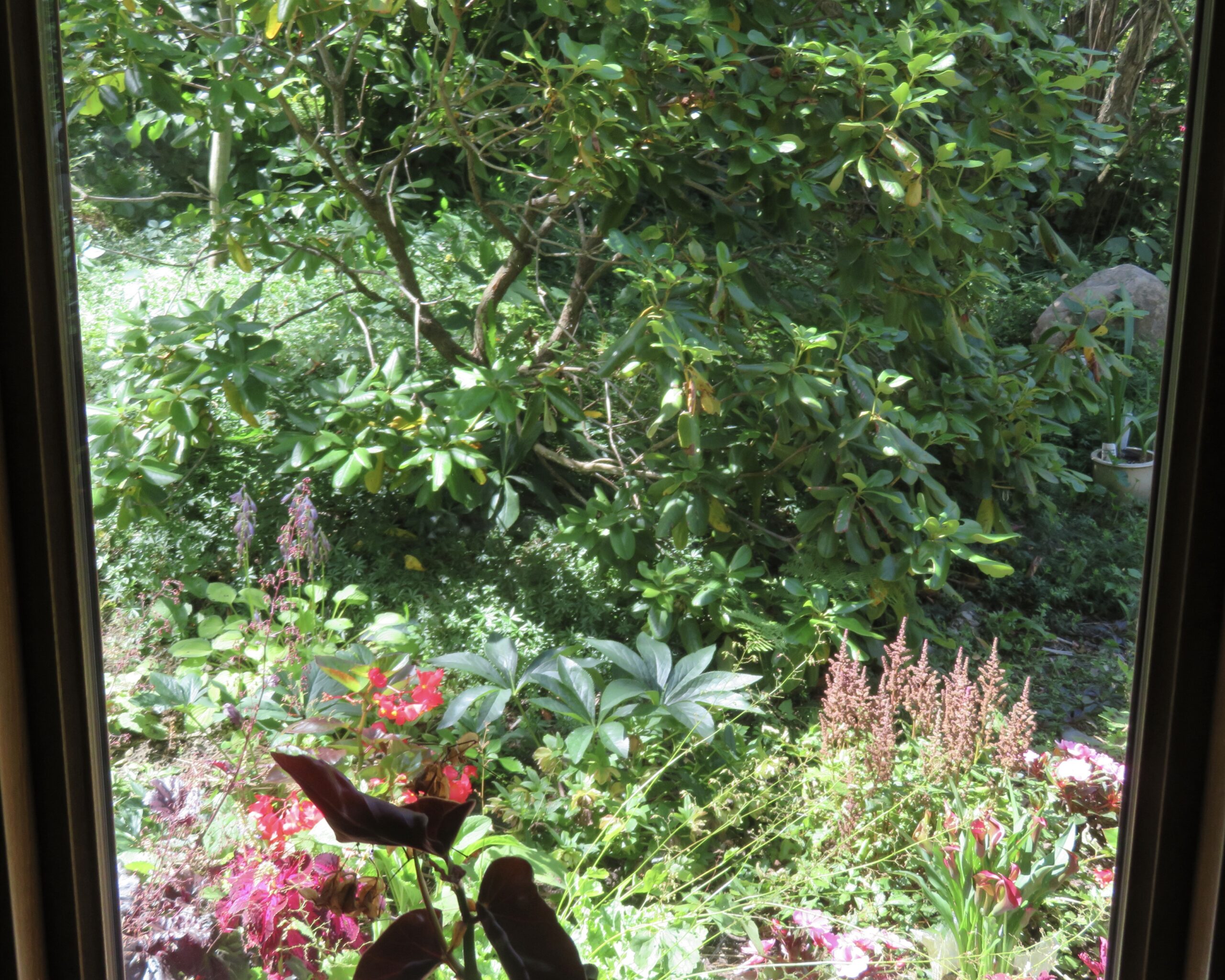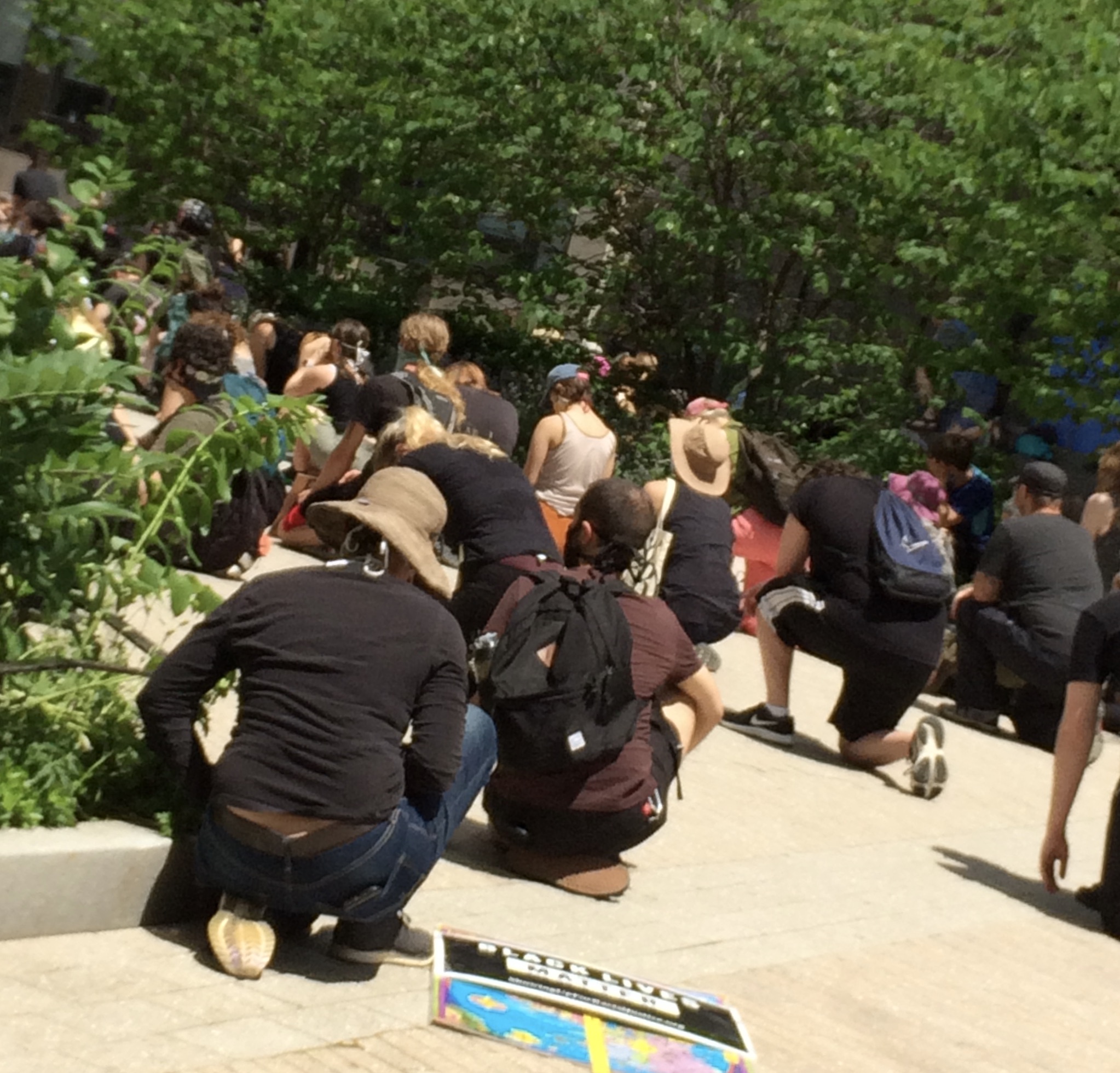I woke up from one dream and found myself in another. The first dream, which I barely remember, returned me to when I was a teacher. A school trip I was helping lead had gone bad. In the dream, a young man I don’t remember ever knowing was caught trying to steal from our group. I was holding him by the upper arm⎼ and then I was catapulted into a totally new scene.
I was in a city, like Manhattan, still holding the upper arm of the young man from the previous dream. We looked around us at a world gone crazy and which neither of us knew. It had all the energy of a war movie. Many people were running, rushing fast through the streets. There was a group of 5 or so white men, dressed in dark, maybe black clothes, walking deliberately, and carrying signs. “Join the chorus.” “Become a chorister.”
The apparent leader of the men with signs approached me and said, “You look like you could do it. Join us. We need you.” I didn’t respond and the group moved on.
We turned a corner of the street. I let go of the arm of the teenager and we talked about what we were seeing, and what we should do. “What do you think is going on?” I asked him. We were now allies, refugees together. I thought to myself maybe I should find the man with the sign and ask him what was going on. What is the chorus, besides people singing together? The horror of the novel, The Handmaid’s Tale came to mind. Would it be better for me to be a chorister or leader than a foot soldier? Or maybe not? Could I be a leader? And of what?
I imagined myself reading books of fighting strategy. And then I woke up to daylight, morning. In my bed.
Is this related to the white men (and one woman) in dark robes now trying to turn our society into a Gilead, a patriarchal, white supremacist, totalitarian Christian state that treats women as property? The dream came to me a few days before news reports revealed a draft of a decision by 5 Conservative Supreme Court Justices to overturn Roe vs Wade.
Was my subconscious giving me a warning? Or trying to wake me from a sleep of inaction? Was the dark robed man in the dream trying to get me to join other white men as oppressors? Or to fight them?
Margaret Atwood, author of The Handmaid’s Tale, said the story just exposes trends that she saw happening back in the 1980’s in the US. Her work was a response to people saying such events could happen in other nations, but never here. But here we are. We have 5 Supreme Court Justices taking away rights and health care from one half of all of us.
And how do they justify this? They say they are saving the lives of unborn children. They don’t seem to care about the lives of children once they are born, since many support executing people, including women who have had abortions. Many in the supposed “pro-life” movement supported cuts in programs to feed hungry children and deny affordable healthcare coverage to those with “pre-existing conditions.”
In the leaked draft opinion on the issue, Justice Samuel Alito relied heavily on 17th century English judge Matthew Hale. As Deanna Pan writes in an article for the Boston Globe, Alito argued that prohibiting abortion should be upheld because it has an “unbroken tradition” in the law. But slavery, in the 17th Century, had an unbroken tradition as did denying women the right to own property. So did, according to Hale, sentencing women to death for witchcraft and allowing husbands to escape criminal liability for raping their wives.
Human rights, democratically elected governments, also television, computers, baseball goes against what was established tradition in the 17th century.
Alito ignores the fact that Roe has been accepted legal precedent since 1973, almost 50 years. It was upheld in three previous cases, Planned Parenthood v. Casey, Whole Women’s Health v. Herllerstedt, and in 2020, June Medical Services v. Gee. Alito’s arguments come from a time when only a few white men had any political power.
Or maybe the dream had nothing to do specifically with denying women the right to control their own body. There have been so many reasons we have protested lately, including Black Lives Matter, ending gun violence, and calling for DJT to be held accountable for treasonous acts. But there also are people forced to run through the streets due to the horror of Putin’s war against Ukraine.
Maybe the dream was about the need for action by anyone who thinks the whole drift toward Gilead is not only wrong but threatens the very future of democracy. And because many of those who push an anti-women agenda that criminalizes abortion also deny human-caused climate change, they threaten the ability of our planet to support the life not only of human children but of all living beings.
So, we must all ask ourselves: if we think this attack on women is wrong, what are we ready to do? How can we speak out? What creativity or specific skills do we have to make our speech heard and honored? What tactics have we read about in the past that have led to successful political actions or in evoking the attention and compassion of the nation?
Brian Resnick wrote an article for VOX outlining 4 Rules for Making A Protest Work, like keeping the protest nonviolent and more proactive (preventing an action) than reactive, making the message very clear and salient, joining different groups or issues under one banner, and aiming for specific actions or legislation.
We might think of Gandhi and Martin Luther King, Jr. We might think Lacie Wooten-Holway, a mom and neighbor of Justice Kavanaugh, standing outside his home holding a candle of protest. We might think about the protests against the GOP Graham-Cassidy Health Denial Bill in 2017; the women’s wall in India in 2019, or the wall of Moms in Portland in 2020. Or the first Earth Day events in 1970 or maybe placing flowers in gun barrels and levitating the Pentagon during the anti-war movement in the sixties.
And especially joining the upcoming Women’s March on May 14 and working to protect and get out the vote this November.
The fight here is first for a woman’s right to abortion. But it is equally for equal justice for all before the law, voting rights and protections, environmental justice and protections, healthcare for all, and the advancement of public education.
**This article was syndicated by The Good Men Project.

